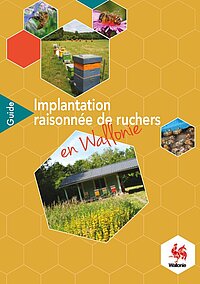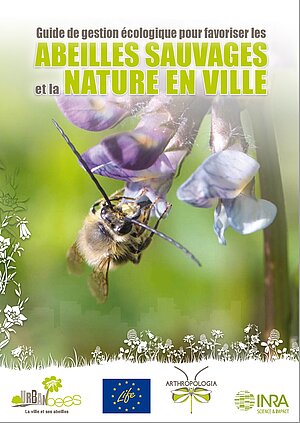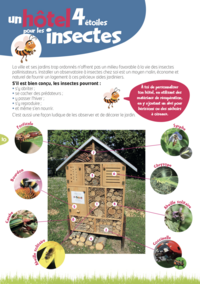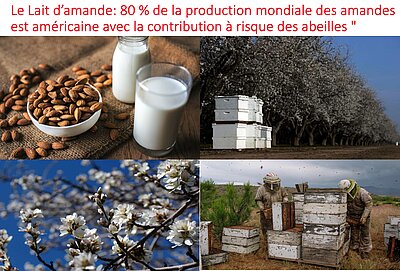Biodiversity
Pollinators and Planting local species taking into account the majority of criteria: Illustration Centre Val de Loire
How do I choose a tree species?
This list has been organised into 3 classes, according to the height of the plants: shrubs and vines, shrubs and trees. For each species, the possible uses have been listed according to the following 3 categories, indicated by pictograms: species suitable for hedge planting,reforestation (small woods, copses) and projects to restore the banks of watercourses, ponds or ponds.
The list also specifies the main characteristics of the species, which are usually criteria for choice: type of foliage, flowering period,soil moisture, soil pH, optimumexposure (shade, semi-shade or full light).
Certain points of interest or concern are also detailed for each species: their interest for wildlife: melliferous or edible species, certain diseases to which they may be prone, their allergenic potential (more or less strong), their toxicity for humans, their potential use (cooking, basketry, rootstock, etc.).
The general principle to remember for any planting is to vary the species in order to diversify the sources of food and the range of colours (foliage, fruit, flowers), and to reduce the potential risk of allergy (the greater the abundance of the plant, the greater the risk of allergy).
Here are a few illustrations of natural entities in the Centre Val de Loire drawn up by the ORB Centre
Natural entity: Forêt d'Orléans, Sologne
Gâtine des Confins Touraine Berry natural entity
Champeigne natural entity, Sainte-Maure plateau
Natural entity Champagne berrichonne - Sancerrois
The Pollinators Plan:France:Land of Pollinators for the preservation of bees and wild pollinating insects.
The "France, land of pollinators" plan provides solutions to ensure that pollinating insects are able to live and feed in good conditions. It includes action sheets for the various players involved. Reference documents to read
Setting up an apiary. Respecting the environment and the needs of honey bees. Wallonia
The world of bees is vast, and the honey bee (Apis mellifera) is just one of some 20,000 Anthophila species worldwide (2,000 in Europe and 400 in Belgium). This document covers the reasons for becoming a beekeeper, the practical aspects of setting up an apiary, the choice of an area in which to set up an apiary, and how to integrate the apiary into its environment with other pollinators...
Ecological management guide to encourage wild bees and nature in the city
The theme of this document is to welcome humans, bees of all kinds and pollinating insects and ensure that they live together. It is a real working tool for the managers and architects of our towns and cities.
Ecological management guide to encourage wild bees and nature in the city
The bees are waiting for you in your garden
To your sowing and planting of nectariferous and polliniferous plants
In the interests of biodiversity, Bees For Life would like to help you design your future plantings and seedlings. In the document, you will find plants that are attractive to bees, with scientific knowledge and experiments described.
Spread the word!
Source: FranceAgriMer and on partner websites.
Offer them a shelter
Depending on your geographical area, there's still time to think about the small insects that contribute to biodiversity.
A practical guide to preserving pollinating insects
Here's a simple, attractive guide produced by the youth council in the Lot et Garonne département.
Almond milk: a risk for bees
Almond milk: 80% of the world's almonds are produced in the USA, with bees making a risky contribution".
The over-exploitation of the use of beehives to pollinate almond trees in California appears to be causing excess mortality in bee swarms. In California, almond production is based on agriculture that makes extensive use of pesticides such as glyphosates. This practice of transhumance of hives enables companies to generate an income of around 200 dollars per hive, but it also seems to be the cause of huge swarm mortality.
One form of response is emerging with a "Bee Better" certification programme , launched in 2017 by the not-for-profit Xerces Society. It introduces biodiversity to almond trees to naturally control pests and feed bees. Häagen-Dazs is one of the first food companies to offer products with the Bee Better seal.







